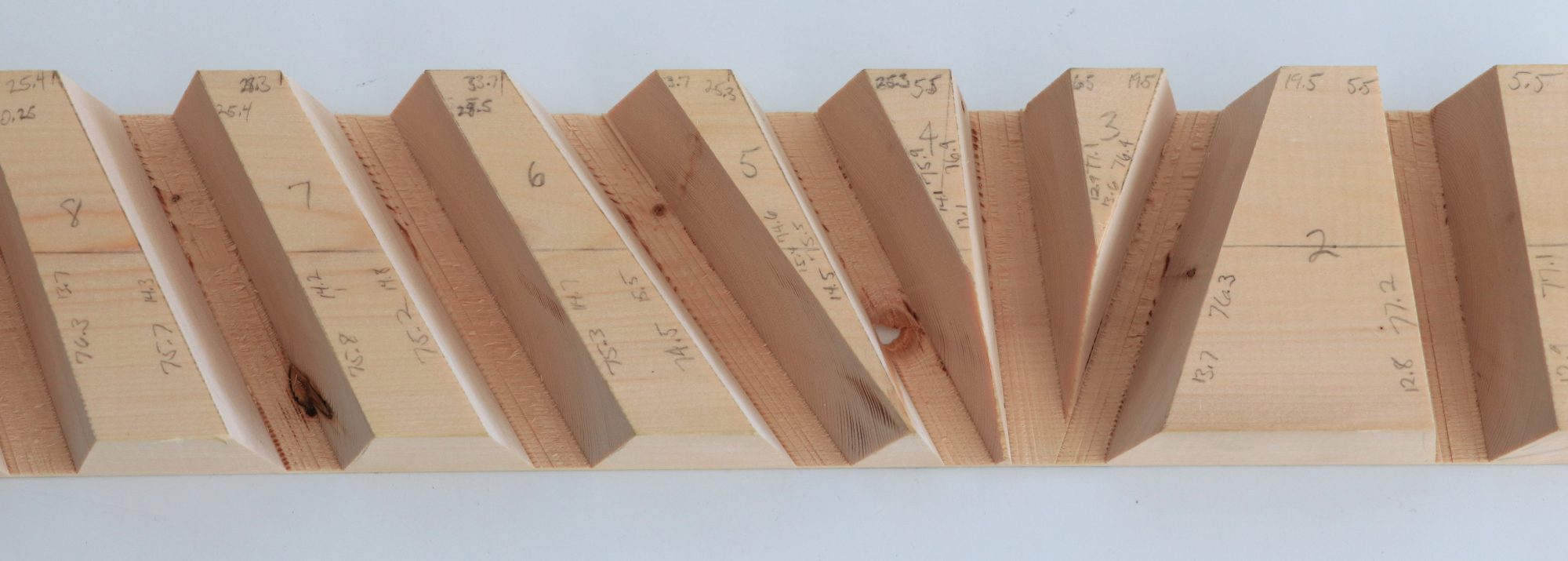This line of inquiry began with a single question:
Can we generate a new vocabulary of built form using readily accessible and familiar stock material (the 2×4) and by repurposing waste material (salvaged lumber)?
premise
The standard 2×4 has long been associated with mass production and standardization in light frame construction. It is an easily sourced and readily available natural resource that is simple to handle and assemble. In the latter half of the 20th century, the 2×4 enabled a building boom that saw the rapid construction of more buildings (residential, small commercial, and mixed use) than at any previous time in human history. An abundance of trees in North America combined with soaring real estate prices in urban centers has increased demand for new lumber. These same forces have led to the demolition of countless older buildings, many containing wood that is serviceable and in many cases superior in quality to new timber members. Older 2x4s (2x6s, 2x8s, etc.) were often sourced from older growth trees, are dry and therefore stable, and may be longer in length than a today’s standard eight foot section.
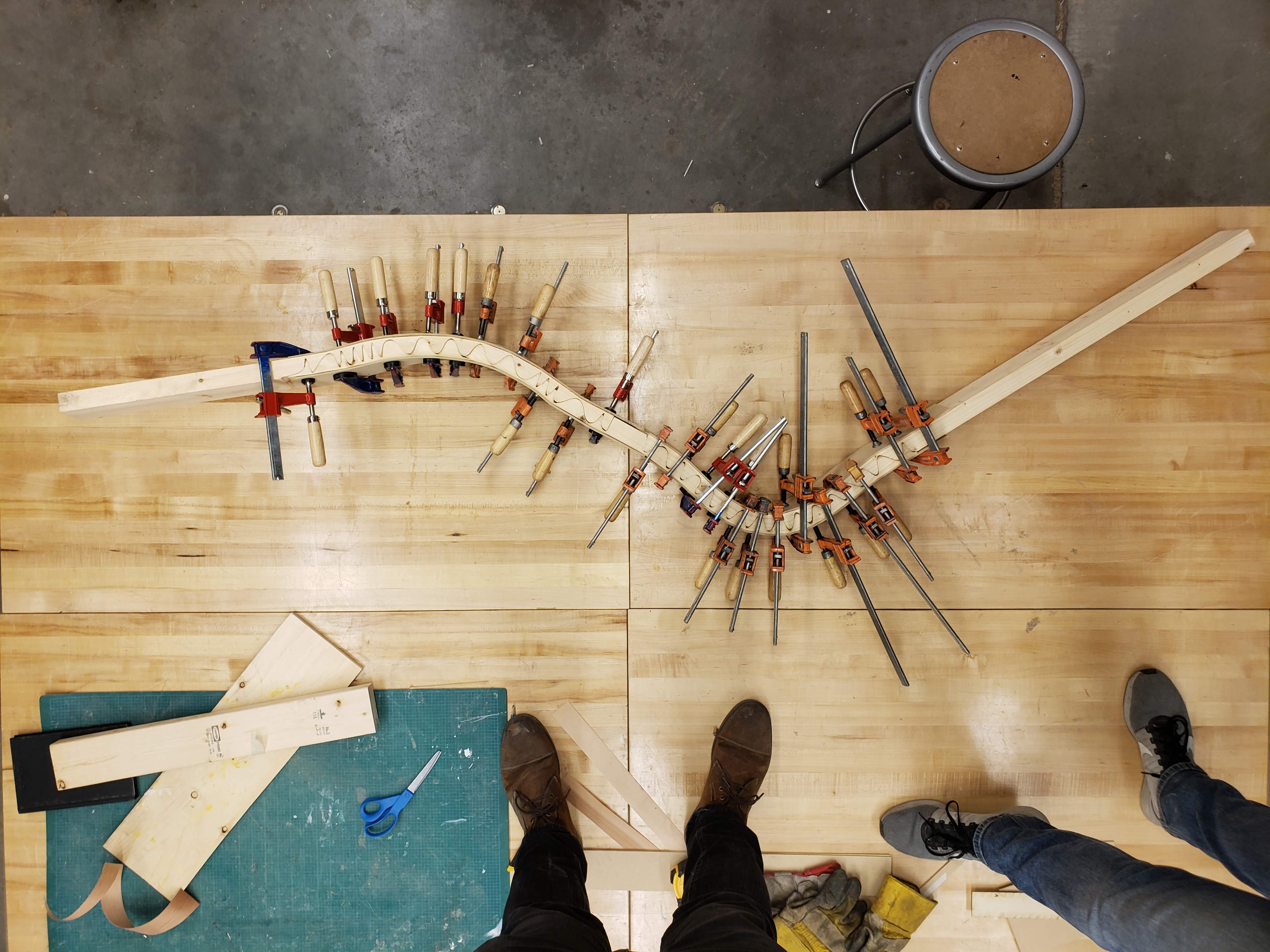
process
We are exploring how to turn short lengths of waste 2×4 into long, curved posts and beams. We are strategically modifying 2x4s with specifically designed and cut geometries and mating them with corresponding boards to generate bent forms. The modified boards are “zipped” together, forcing each other into predictably bent 2×4. This is done without form-work, just pure geometry producing its own expression. (fig 1 – 2)
Our team is simultaneously developing software that can take a designed shape (a twisted 2×4 member specified by a designer for example) and digitally generate a unique “tooth” pattern that will force wood to bend into a predetermined shape. This happens only when two uniquely prepared halves are “zippered” together. (fig.3) The team has worked to perfect this technique and has laboured to make predictable outcomes using unpredictable stock materials. (fig. 4) We believe that this mix of technology and technique is unique and will have a variety of useful applications. The “zipping” strategy could generate a new vocabulary of built form using readily accessible and familiar stock material (the 2×4) and waste material (salvaged lumber). (fig 4 – 5) The ability to re-purpose 2x4s (and other standard dimensional lumber) could positively impact stick-framed architecture as significantly as the straight 2×4 did over a century ago.
We are currently working on two full scale constructs that will test the viability and flexibility of the zippered 2×4. Both can be seen in the “P.O.P. Houses” section of this blog.
photos


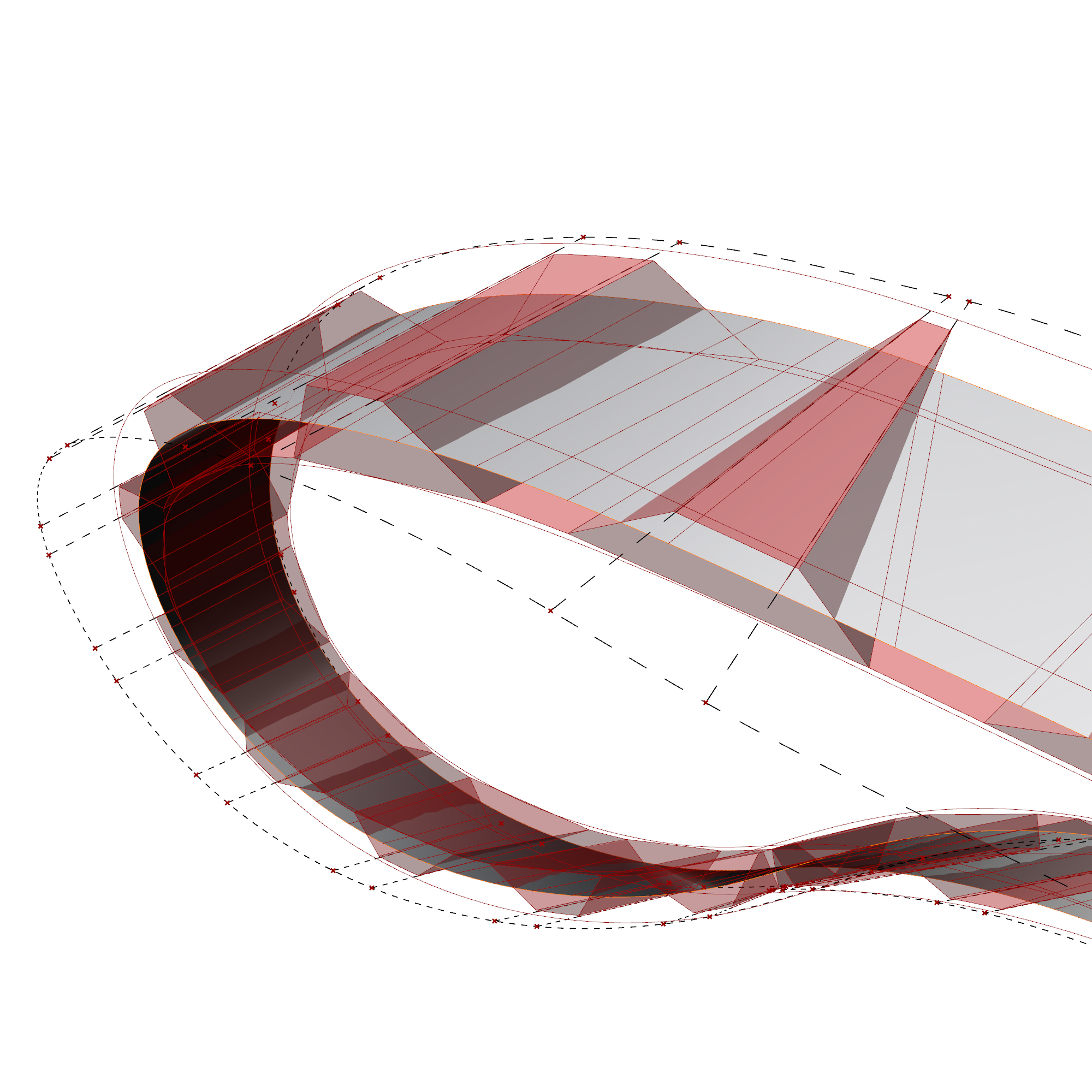
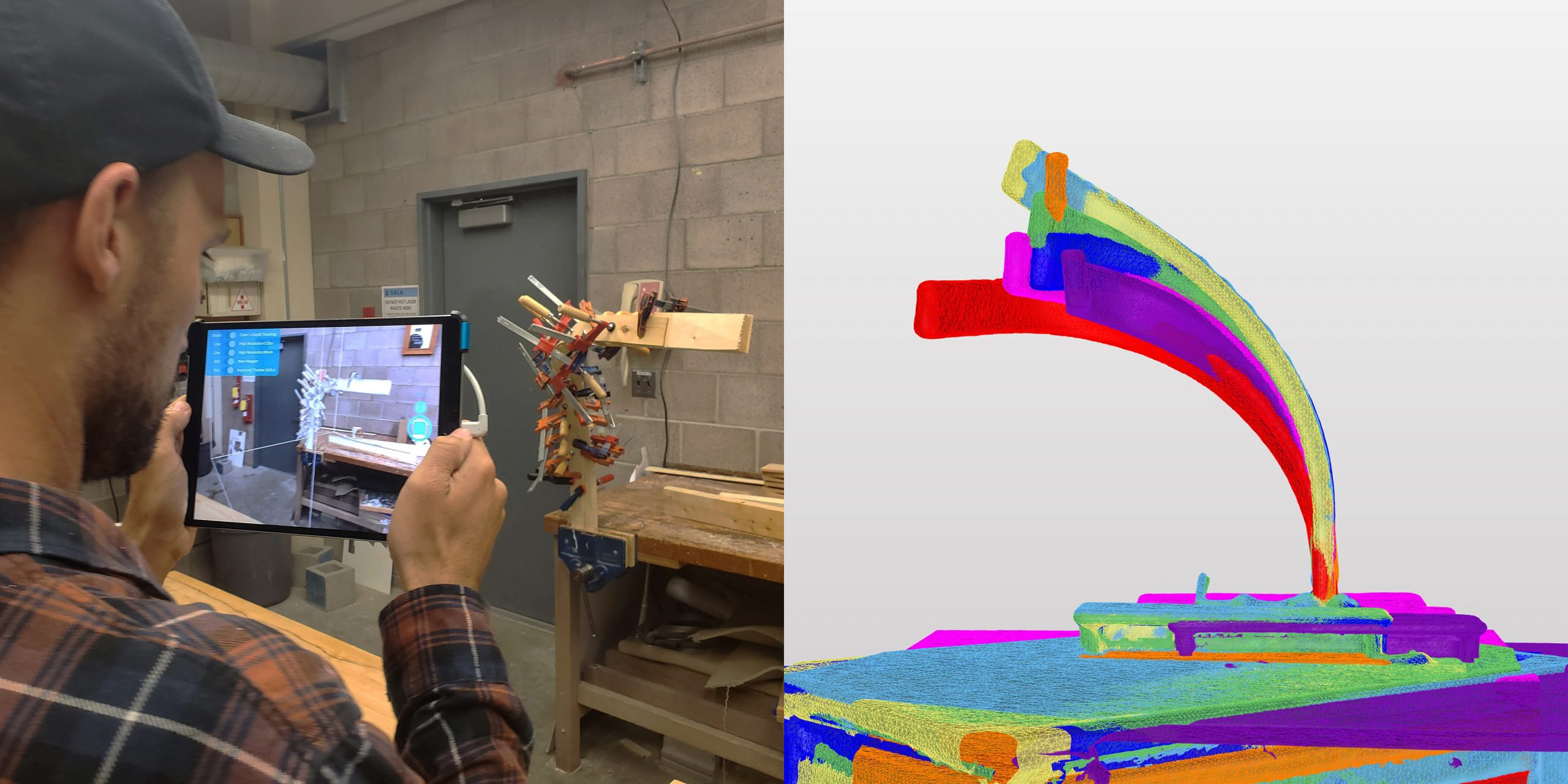
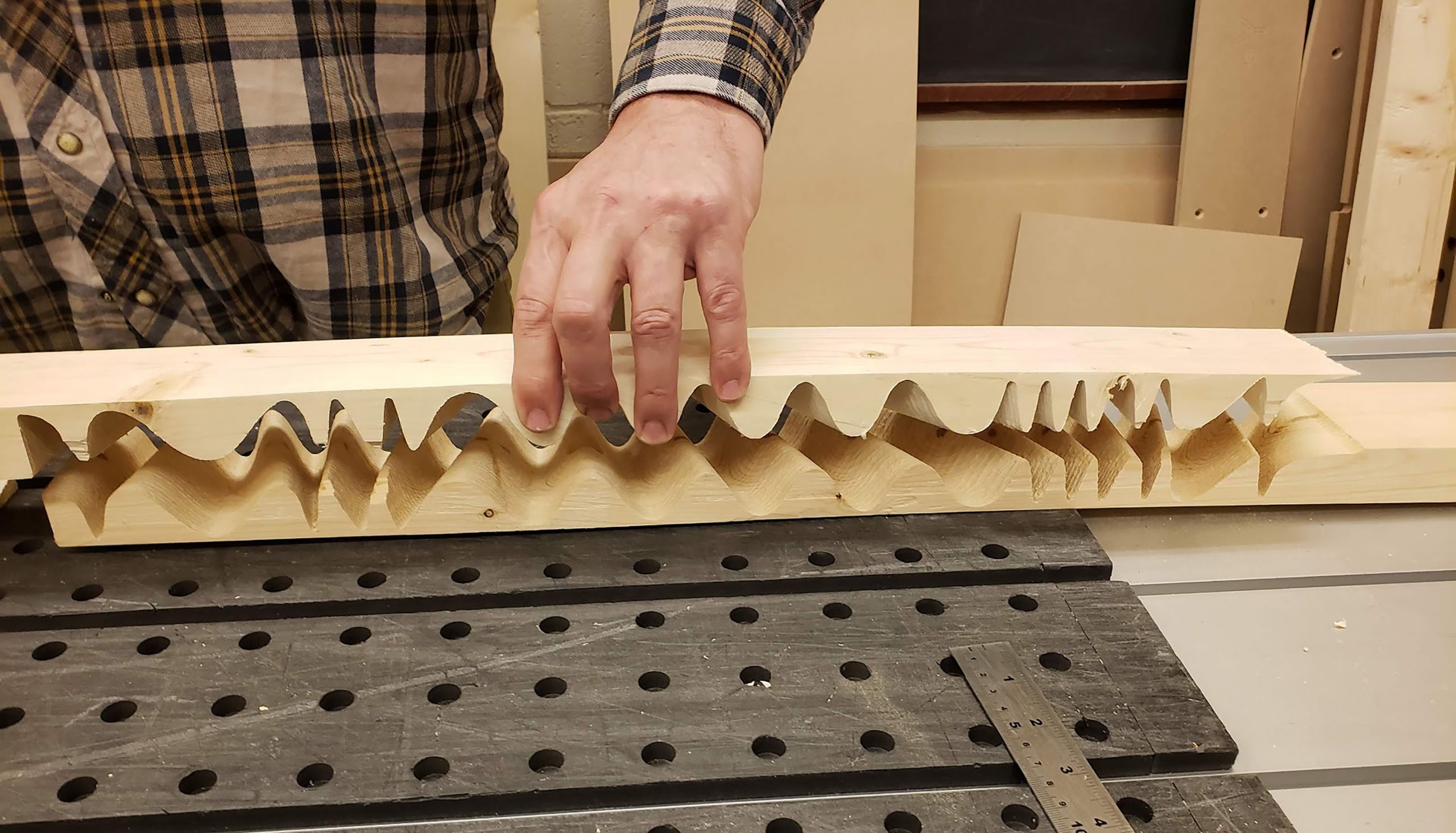
contributors
SALA HiLo Team: Graham Entwistle, Derek Mavis, Alex Preiss, Blair Satterfield
